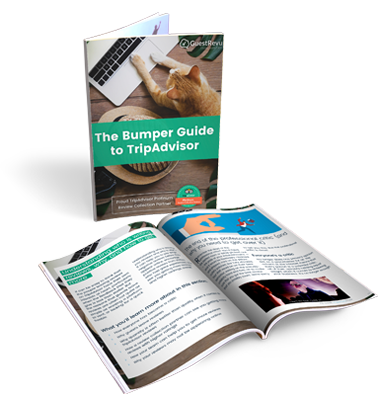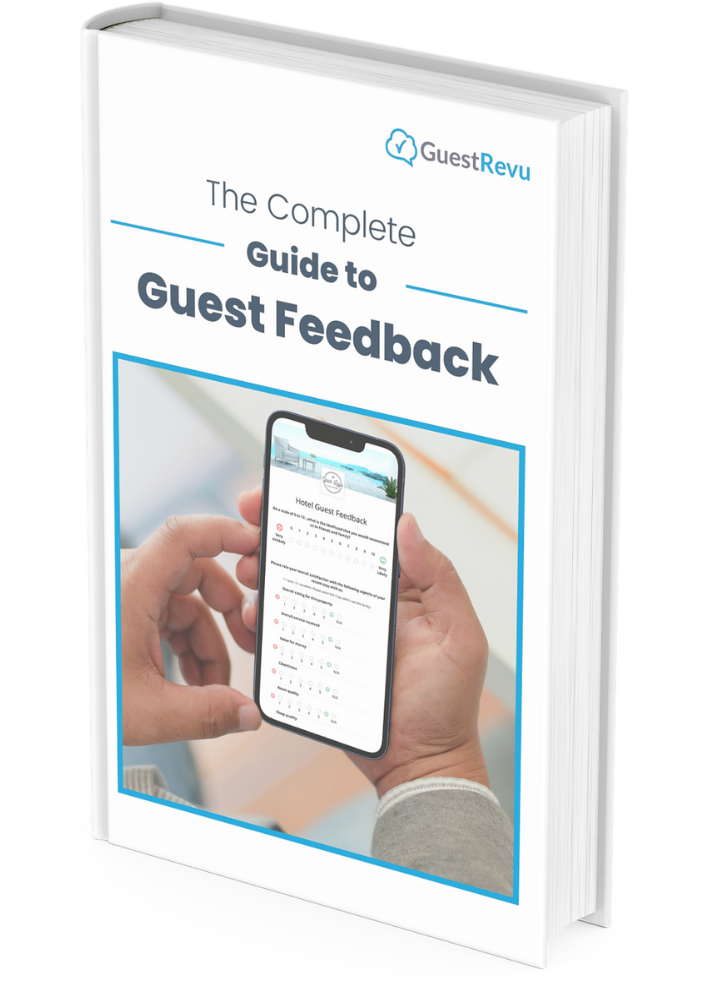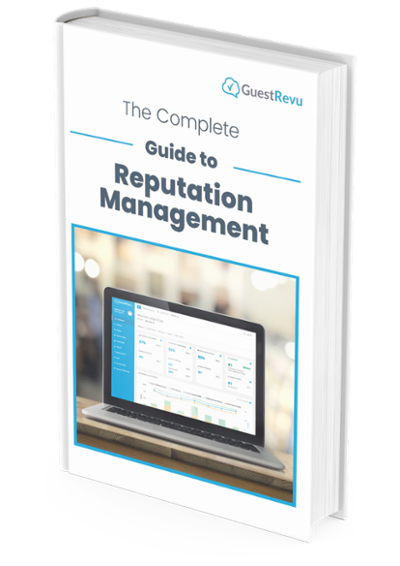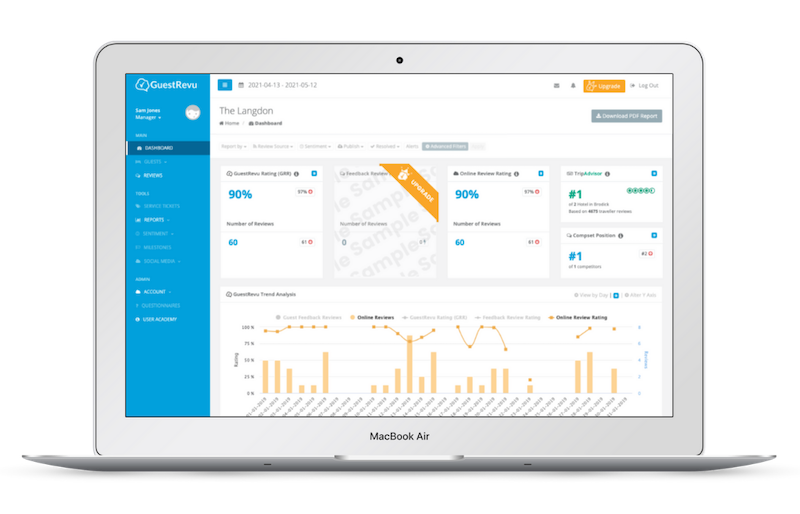People love to share their lives online, and just as much, they enjoy watching the lives of others. Think about how many times a day the average person checks social media, watches stories, or shares a post of their own. We pay attention to what people say in the digital space, from their jaw-dropping sunset pics to scathing reviews, to that poor pet whose face is broadcast on social media every morning for the world to see. For the hotel industry, this is an incredible opportunity to showcase your property through the eyes of your guests.
When your guests share moments from their stay, such as a sunset from the balcony, laughter by the pool, or even their pet walking through your hotel, they are doing more than just remembering their trip. They are helping to tell your hotel’s story. And often, their voice carries more weight than any polished advert ever could.
This is user-generated content, or UGC. It includes the photos, videos, reviews, and posts your guests create. It is real, personal and powerful. According to a study by Nielsen, 92% of consumers say they trust organic, user-generated content more than traditional advertising. And when it comes to guests choosing where to stay, that kind of trust really matters.
In this article, we will have a look at how UGC can help your hotel stand out, build trust and turn happy guests into loyal fans. You will learn how some great hotels are already doing it, and find simple, practical tips you can start using today to join the conversation.
How UGC Builds Trust by Telling Real Stories
Travellers Prioritise Authenticity Over Perfection
Today’s travellers are savvy. Most can spot a stock photo or staged promotional shoot a mile off. What they really trust are candid shots from other guests. Think muddy boots by the fireplace, a blurry sunset from a balcony, or a child's first dive into the pool... these images feel real because they are.
The Pig Hotels in the UK have embraced this beautifully. Their social media features guest photos that reflect the warm, rustic charm of their properties: garden-fresh meals, fireside chats, and relaxed countryside moments. There’s plenty of authentic content that hasn’t been touched up, and that is exactly what makes it so effective.
Have a look at the post below, where they hosted a hands-on pickling workshop at The Pig near Bath. Guests got their hands dirty preserving garden-grown goodies, and after the workshop, everyone tucked into a Pig lunch straight from the Garden Oven. A simple, real experience captured in a way that feels genuine and relatable.
These kinds of stories help potential guests picture themselves at your property. Not just visiting, but belonging.
Guests Highlight What Makes You Unique
Your guests often notice and appreciate simple details you might miss, like the quirky tiles in the bathroom, a perfectly brewed morning coffee, or the friendly smile at reception. When they share these moments, they naturally showcase your hotel’s unique character.
Take Zoku Amsterdam for example. Guests frequently tag the hotel in posts featuring its loft-style rooms and communal workspaces. These are not just nice photos, they reflect what the hotel stands for, which is modern, social, and flexible.
By paying attention to what your guests share, you learn what matters most to them. Use these insights to shape your messaging, highlight your strengths and bring more focus to areas that might be overlooked.
Reviews and Mentions Are Digital Word of Mouth
Guest posts are real and honest. When guests see something they like or dislike, they don’t hesitate to share it on social media. You might see a post that says, “The morning views were amazing, but the coffee tasted like absolute...” and all their friends, family and followers get a well-rounded picture of the experience.
When a guest leaves a review or tags your hotel in a post, they are giving a personal endorsement of your hotel. It might be just a few words or a quick selfie, but the impact can be huge, especially if it reaches someone in their network who is planning a trip. Positive posts that praise your hotel are brilliant opportunities to reshare and celebrate, while negative feedback, though it can sting, offers valuable insights for improvement.
The Henry Howard Hotel is a perfect example of this. They regularly take positive guest reviews and pair them with eye-catching photos, sharing them directly on their Instagram feed. It's a simple but effective way to highlight positive feedback and build trust with potential guests.
UGC Expands Your Reach Organically
Influencers Do Not Need to Be Famous
Here’s the thing: People trust real people more than they trust celebrities with huge followings. Many well-known influencers are paid by companies to give positive feedback and share polished content across their networks. They are unlikely to mention the negatives and often present only the version of the hotel that suits the brand’s image.
The most effective influencers today are often individuals with smaller but highly engaged followings, whose values align with your hotel’s. They are seen as more relatable, trustworthy and their recommendations feel more genuine.
Hotels can benefit enormously from working with these everyday influencers. Whether it is a local food blogger showing off your restaurant, a wellness coach highlighting your spa, or a traveller reviewing your child-friendly amenities, their posts can reach a highly relevant audience.
It does not need to be a formal partnership. A simple invitation for a hosted stay, a shared post, or even a kind comment can be enough to spark a meaningful connection.
You Can Encourage Content Opportunities
Some travellers need to be surgically removed from their phones, while others need a little nudge to get online. The key is to create moments and experiences that are worth capturing. Events are especially good for this. From wine tastings and cooking demonstrations to rooftop yoga sessions and live music evenings, these are the kinds of activities guests love to photograph, film and share.
You do not need elaborate setups to encourage sharing. A simple sign with your social media handle or a fun photo corner can be enough. The more creative and visually appealing the experience, the more likely guests are to share it.
Remind your team about the value of user-generated content and train them to recognise opportunities. This could be offering to take a group photo, or simply adding thoughtful touches that guests will want to document.
Or, better yet, hand your guests a camera and ask them to record their night out. Offer a reward for the funniest footage, like a free breakfast the next morning. It is a brilliant way to connect with your guests while collecting fun, authentic content. Mad Monkey Hostels did something similar. They may not have received loads of guest footage (check out the reel below), but they used the idea to create a humorous reel that was widely shared. Humour almost always wins when it comes to engagement.
UGC Expands Your Reach Organically
Think about it. If every guest who stays at your hotel shares a photo of the amazing view from the balcony or the stunning beach just metres away, that content gets seen by all their followers and can even be reshared. In that moment, your guests are doing your marketing for you. This is why it is so important to ensure your reviews and guest experiences are positive. Word of mouth spreads quickly, especially online.
When guests tag your hotel in a post, respond to it. Share it to your story, and if the content is especially good, consider reposting it on your profile. Always credit the original creator. This small gesture shows appreciation, builds a connection and encourages more engagement.
Showcasing user-generated content in a thoughtful way also helps shape the story people tell about your brand. Think about the types of guests you want to attract and the experiences you want to highlight. Then share posts, photos or reviews that reflect those values.
You could create a guest gallery on your website, include user content in your newsletter, or pin a standout review to the top of your Instagram. With a little intention and consistency, UGC becomes more than promotion. It becomes part of your brand’s story.
The Cosmopolitan of Las Vegas is a great example of this, they reshare UGC and post it directly to their website.
Let Sharing Feel Easy, Not Forced
While you cannot (and should not) force people to post about your hotel or write you a review, you can gently encourage them. A card in the room, a message in your app or a note at the front desk can remind guests to tag you or use your hashtag, and a post-stay email or guest satisfaction survey is a great opportunity to ask your guests to give you an online review or testimonial.
You could even run small campaigns like “Best breakfast photo,” “Room with a view,” or “Cutest pet on holiday” (Yes, I'm referring to that same poor pet I previously mentioned). Offer a free drink, a shoutout or simply feature the winner on your Instagram. People do not always need a big prize — just a reason to join in. The goal is to make sharing feel fun, not like a marketing exercise.
If you’re trying to get more online reviews (always a good idea), make sure your tactics don't fall foul of any of the rules online review platforms have for incentivising content.
The Ritz-Carlton encourages guests to use the hashtag #RCMemories when sharing their travel moments online. It’s a clever way to invite storytelling, the hotel gains brand visibility through the guest content, and guests feel acknowledged when their posts are reshared or celebrated by the hotel. It’s a win-win that keeps sharing fun and meaningful, not forced.
UGC Creates Loyalty Through Engagement
Acknowledge and Appreciate Guest Content
I touched on this before, but it is incredibly important to acknowledge when a guest tags you in a post. Think of it as someone reaching out and saying they love what you have done. It would be rude to ignore it, or simply just give it a like. Be more engaging and show the guest it means something to you. A simple message like, “Thank you so much, we hope you are having the best time staying with us. We love this photo. Do you mind if we share it on our profile? We will tag and credit you, of course,” can go a long way.
This kind of response shows your human side. It demonstrates genuine appreciation and turns a nice post into a real connection. The guest will feel valued, and by showing appreciation, you are doing more than just marketing. You are building relationships that often result in loyal guests for years to come.
The Pig Hotels do this with style. They regularly repost guest content and always tag the original poster. It is a subtle way of saying, “Thanks, we loved having you here.”
The same idea applies when it comes to responding to reviews. Whether the review is positive or negative, it took time and effort to write, and it deserves a reply. Thanking your guests for their feedback is a simple way to show appreciation and respect. It also makes a real difference to how potential guests see your hotel. According to a Tripadvisor study, 77% of travellers are more likely to book a hotel that takes the time to respond to reviews.
Make Guests Feel Part of Something
When a guest shares a post about your hotel, they instantly become part of your story. They chose your property to make a memory, and the fact that they felt moved to share that moment online is something special.
By involving guests in your online presence, you create a sense of community. Even a short stay can feel more meaningful when people feel seen and included.
You could feature a gallery wall of guest photos, share quotes on your website, or maybe even run a “guest of the week” shoutouts campaign. It’s about making guests feel like they are valued and part of the family.
It is the difference between someone who stayed once and someone who cannot wait to return… and bring their friends with them.
Pamarah Lodge does this on Facebook with genuine authenticity and appreciation for their guests.
Use UGC as a Listening Tool
UGC is not just helpful for marketing; it is also a valuable feedback tool. What are guests praising in their posts and reviews? What are they ignoring? Are they loving your breakfast but not mentioning the spa? Are your staff being recognised for great service or blending into the background?
By tracking patterns in what guests are sharing and saying, you gain honest insights into how your guests perceive your hotel. That helps you focus your energy where it matters most.
Conclusion: Let Your Guests Help You Shine
User-generated content is a window into the real, human experiences that make your hotel special. In a world overflowing with polished ads and AI-generated perfection, it is the raw, heartfelt moments shared by your guests that truly stand out.
When someone posts a smiling selfie in your lobby, shares a video of the view from their room, or writes a few kind words about your team, they are doing more than remembering their stay; they are inviting others in. They are becoming storytellers for your hotel.
Every time you acknowledge, celebrate and share these moments, you are building a community. You are making your guests feel seen, valued and connected.
That is the kind of magic no advert can buy.
So, welcome the stories your guests are already telling, because the most powerful way to promote your hotel… is to let your happy guests do it for you.




